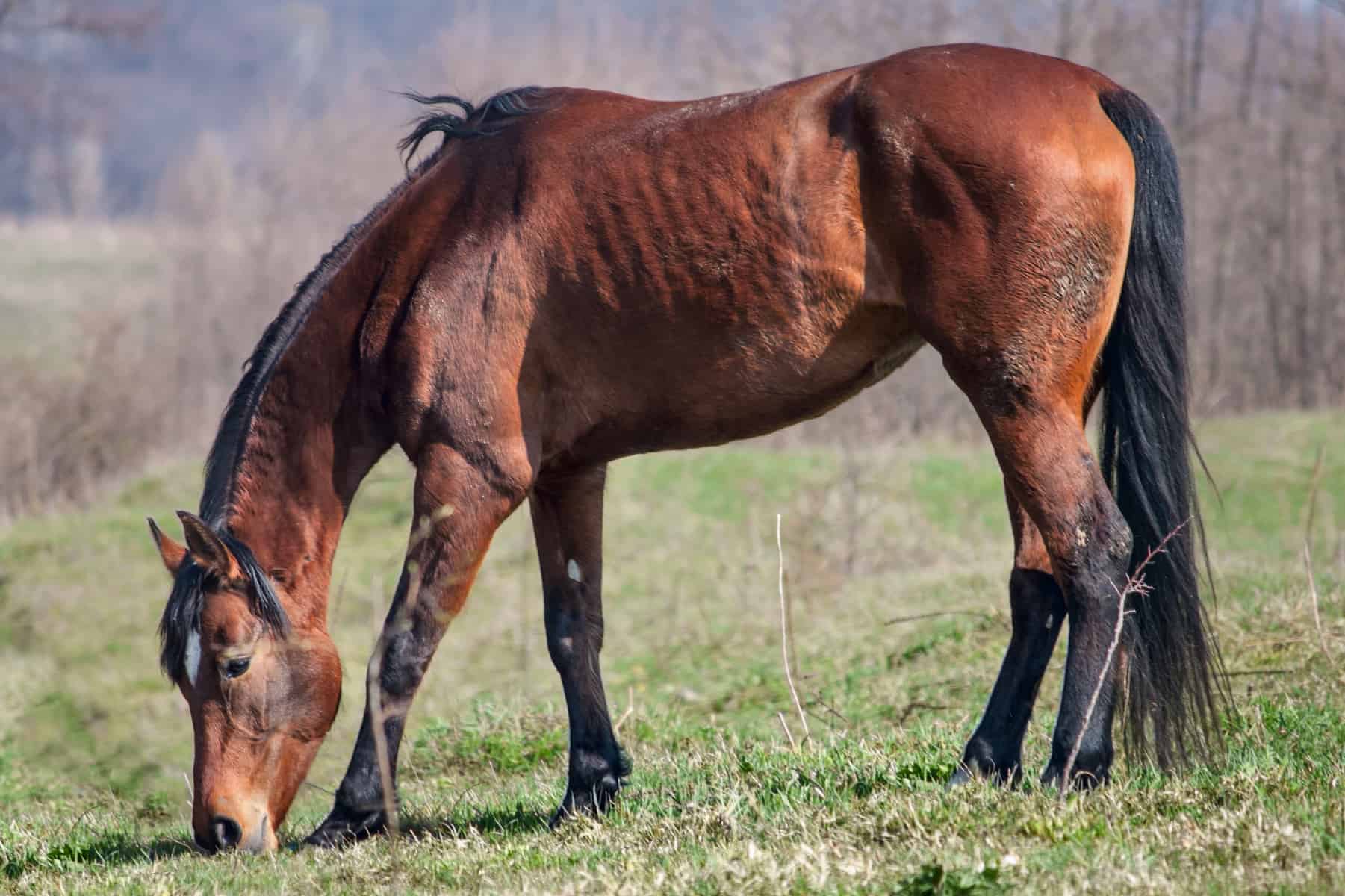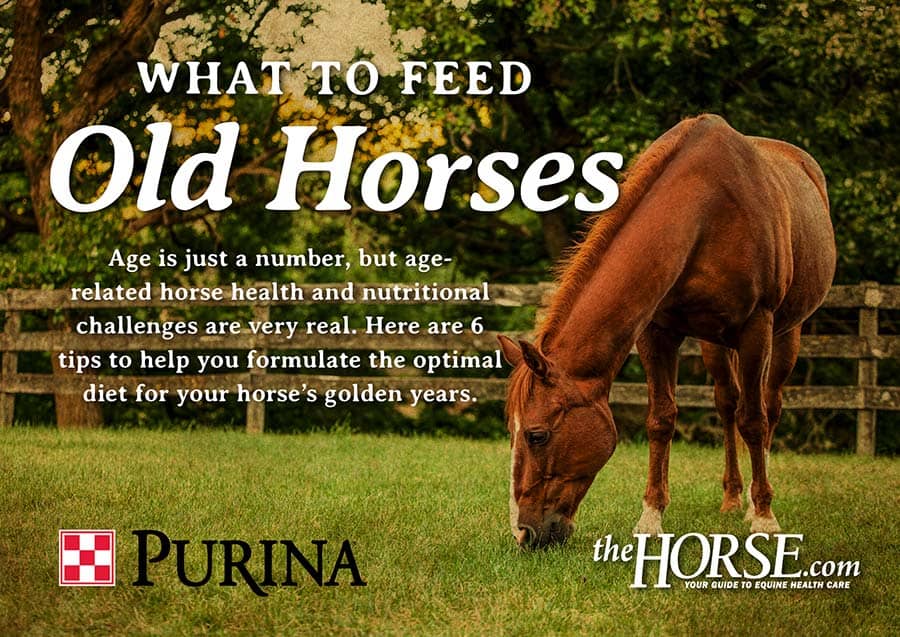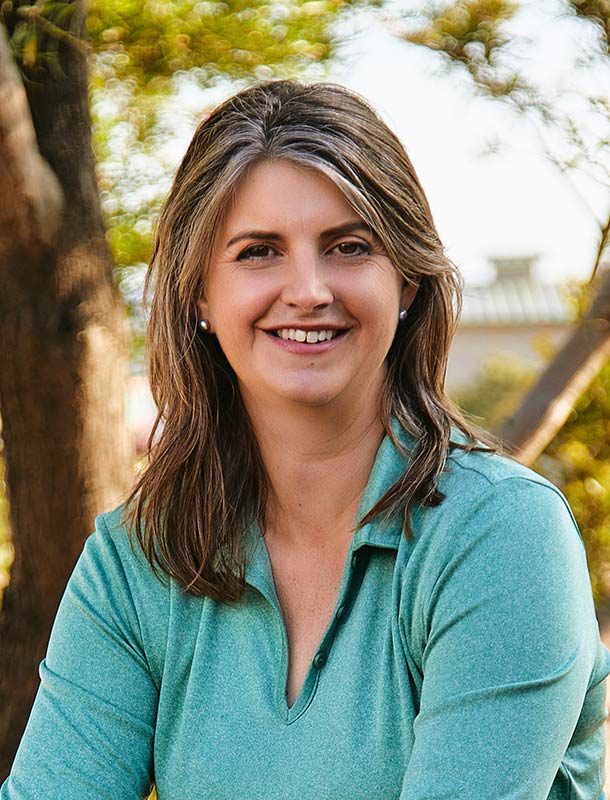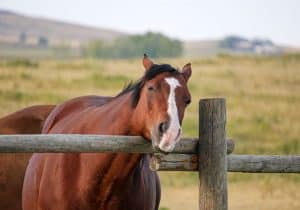Helping Old Horses Gain Weight Before Winter
- Posted by Clair Thunes, PhD

Q. My 16-hand 22-year-old gelding has, in the past several weeks, lost some weight. I can see his ribs, and his spine has become more prominent as well. He’s in light work and lives in a stall with a run at a boarding facility, and I haven’t changed anything in his diet or routine. I’m concerned that with winter coming he needs to regain this weight, but I’m not sure the best way to go about it. Currently he gets good-quality grass hay and a ration balancer.
—Via e-mail
A. You are right to feel concerned about this kind of unexplained weight loss, especially in a senior horse, regardless of the time of year. I agree though that it’s more concerning as we head in to winter, because regaining weight during cold or wet weather is often much harder for horses due to the extra energy demands to keep warm.
Rule Out Health-Related Causes
I would strongly recommend that you have your veterinarian come and examine your horse. It’s possible that he’s experiencing some dental discomfort and isn’t chewing his food as well as he should. Even if he had a dental checkup within the last six months it is worth checking again. Ruling out internal parasites is also important. It’s also possible he’s in the early stages of pituitary pars intermedia dysfunction (PPID). Adrenocorticotropic hormone (ACTH) levels rise in all horses this time of year, but horses with PPID can experience significant elevation that, if left uncontrolled, can cause weight and topline loss. Horses with uncontrolled PPID are at greater risk of developing insulin resistance and laminitis, so this is something you’ll want your veterinarian to check out.
Pain is another possible cause of weight loss, especially in older horses that might have mild osteoarthritis. This can make getting around harder for a horse. Not only do they become less motivated to go to feeding areas to eat, pain-related stress itself can result in weight loss. Your veterinarian might decide to do a lameness work-up and prescribe medications to help control your horse’s pain.
You mentioned your horse is boarded. If your veterinarian can’t find an obvious cause for the weight loss, have a discussion with your barn manager.
Check for Hay Changes
Is the barn feeding a new load of hay? If so, have the flakes got lighter? Is it possible that he’s being fed the same number of flakes but that the total weight of hay is less? This would result in lower calorie intake and weight loss.
The new hay might also have a lower calorie level per pound, so even if the same total weight is being fed per day the calorie intake might be lower. Similarly, if the new hay is more mature with more stem content, it might not be as digestible.
Perhaps the barn has new staff and they aren’t feeding the same amounts as has been fed in the past. Also find out if perhaps your horse has started leaving hay behind that you might not observe if it’s removed when the stall get mucked.
Increase Calorie Consumption
Regardless of the answers you receive from the barn management to the above questions, you need to work to increase calorie intake. Weight loss is a sign that calorie intake is lower that calorie usage. If you believe that your horse is eating the hay provided and the quality appears good (plenty of leaf and not too much stem), I’d see if you can increase his hay intake. Generally, my preference is to increase forage before taking steps to increase grain intake. If the hay appears to have been cut at a more mature stage (has more stem) you might want to forego increasing hay intake and move to one of the following options:
- If alfalfa is available in your barn and your horse can safely eat alfalfa, consider switching about 25% of his hay intake each day to alfalfa. Alfalfa provides more calories per pound and has higher levels of lysine (an essential amino acid) than grass hay, so it might help with weight gain and muscle development; or
- Consider feeding some of your horse’s hay ration as pellets, because these are easier to digest and many senior horses, even those with good teeth, appear to benefit from them.
If you do not start to see some improvement on body condition score in a couple of weeks of implementing these changes it is time to move on to more aggressive measures.
Since you’re feeding a fortified ration balancer, consider adding unfortified sources of calories such as unmolassed beet pulp and rice bran.
Beet pulp is a great source of readily fermentable fiber and provides significantly more calories per pound than an equal amount of hay. Therefore it’s often beneficial for weight gain. You can feed up to about half the horse’s daily forage intake as beet pulp, so don’t be afraid to build up to a generous amount.

Rice bran is a good source of fat, as well as offering a moderate amount of starch. Fat sources are a great way to get more calories, because every gram of fat provides 2.25 times more calories than an equal weight of carbohydrate or protein. A couple of pounds of rice bran in combination with beet pulp often does a nice job of putting weight on horses.
Don’t go overboard with fat though, something that can be easy to do if you’re feeding another fat source: oil. Too much fat can lead to loose manure, especially if introduced too quickly, and many fat sources (including rice bran) provide high levels of omega-6 fatty acids (which are linked to inflammation). If using oil as your fat source, build the amount fed very slowly over several weeks and keep total oil intake to no more than two cups a day. Ideally choose an oil that provides some omega-3 fatty acid (which research has shown to reduce inflammation) such as canola. Even better would be an oil such as camelina or flax that provide more omega-3 than omega-6.
Use Commercially Formulated Feeds
If you reach a point where you are feeding several pounds of beet pulp and rice bran with your ration balancer, you might find it easier to switch to feeding a commercially available, fortified senior feed. There are several good options available, most provide sources of fermentable fiber, and some also provide generous levels of fat. As long as you feed according to the feeding directions, your horse will no longer need a ration balancer.
Take-Home Message
Your goal is to get your horse to regain lost condition before winter weather gets too bad and his demand for calories to keep warm detract from the ability to gain weight. If you haven’t been able to regain all the desired weight by the time the weather turns, consider blanketing your horse if you don’t typically do so. Blanketing can help reduce calories needed for maintaining body temperature leaving more available for maintaining weight.

Written by:
Clair Thunes, PhD
Related Articles
Stay on top of the most recent Horse Health news with
















2 Responses
Add micronised linseed to his ration to provide calories. It is a good source of Omega 3 fatty acids too. 1 cup per day for a horse: 1/2 cup for a pony.
My horse is a 20 yr old 16.2 hh Appaloosa gelding that went through sudden weight loss and topline atrophy in just a few months. Prior to this episode, we was a BCS 7.5/9. He developed a solar abscess in April that hasn’t resolved, was recently diagnosed with bilateral hind limb DDFT tendinopathy. My vet suggested having him tested for PPID, and the results came back on Thursday- he was positive. Even if your horse doesn’t have the typical PPID long curly coat that won’t shed, PPID is still a possibility and could explain a lot.